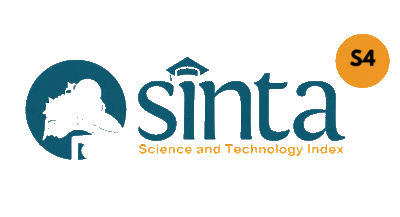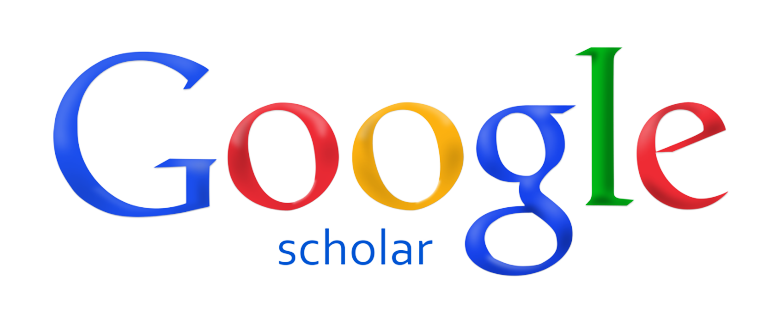Analisis dan Sosialisasi Budidaya Lele di Desa Karangsewu, Galur, Kulon Progo
DOI:
https://doi.org/10.24002/jai.v2i5.5182Keywords:
village potency, business, catfish, bioflok, information delivery methodAbstract
The plenty of fish farmers (mostly catfish) and information delivery issue in Karangsewu Village, Kulon Progo urged Group 78 KKN 80 UAJY to do this social service program which focused on the development of catfish aquaculture in the form of integrated catfish business analysis and the proper information delivery method. This program aimed to deliver the knowledge about the development of catfish business by means of all potential things in the village and to deliver the knowledge about proper information delivery method. Data collecting, potency and problem identification, solution and development determination, and application of solution and potency were carried out. The potency of the village consisted of many aspects such as fishery, agribusiness, marine agro, and animal husbandry but fishery is the most potential aspect. The recommended development was aquaculture system which was based on the use of oxygen and microorganism to enhance feed absorption called “bioflok”. The business plan of catfish-based products was also recommended to give an added value equipped with SWOT analysis. The proper information delivery method could be done by means of favorable gathering without resulting in any loss for villagers. This program was expected to increase catfish productivity, to provide an alternative for villagers who need something to do, and to embody good communication in the village.References
S. Sumarwiyanto, Nurmahmud, and Y. Marwati, Kapenawon Sewugalur dalam Angka, Kulonprogo. BPS Kulon Progo, 2020.
D. Marwasta, “Analisis karakteristik permukiman desa-desa pesisir di Kabupaten Kulonprogo,” Forum Geogr., vol. 21, pp. 57–68, 2007.
AdminDKP, “POKDAKAN SILIRAN MULYO HADIR UNTUK MEWUJUDKAN ASA DI BIDANG PERIKANAN BUDIDAYA,” Dinas Kelautan dan Perikanan Kulon Progo, 2021. https://dkp.kulonprogokab.go.id/detil/240/pokdakan-siliran-mulyo-hadir-untuk-mewujudkan-asa-di-bidang-perikanan-budidaya.
D. Karangsewu, “Wilayah Desa,” Website Resmi Kalurahan Karangsewu, 2021. http://karangsewu-kulonprogo.desa.id/index.php/first/maps.
J. R. Dewantara, “Minim Sosialisasi, Proyek Jalan Dusun Siliran, Karangsewu Diprotes Warga,” Harian Jogja, 2018. https://jogjapolitan.harianjogja.com/read/2018/10/17/514/946472/minim-sosialisasi-proyek-jalan-dusun-siliran-karangsewu-diprotes-warga.
Suprayitno, “ANALISIS POTENSI DESA DALAM MENJALANKAN SISTEM PEMERINTAHAN DESAYANG BARU PASCA DITETAPKANNYA UU NO. 6 TAHUN 2014 TENTANG DESA,” eJournal Ilmu Pemerintah., vol. 3, no. 4, pp. 1652–1665, 2015.
C. D. Wulandari, S. Sudiro, and T. Poerwati, “Budidaya Ikan Lele dengan Sistem Bioflok untuk Kawasan Permukiman,” Abdimas J. Pengabdi. Masy. Univ. Merdeka Malang, vol. 5, no. 3, pp. 286–293, 2020, doi: 10.26905/abdimas.v5i3.4044.
- Supriyanto, “Business Plan Sebagai Langkah Awal Memulai Usaha,” J. Ekon. dan Pendidik., vol. 6, no. 1, pp. 73–83, 2012, doi: 10.21831/jep.v6i1.590.
K. R. Melati, “Perancangan dan Implementasi Perencanaan Bisnis dan Strategi Promosi bagi Kelompok Rintisan Usaha Mandiri Sanggar Batik Jenggolo dan Sekar Arum di Kota Yogyakarta,” J. Pengabdi. Kpd. Masy. (Indonesian J. Community Engag., vol. 2, no. 2, p. 216, 2017, doi: 10.22146/jpkm.27278.
D. Herdiana, “Sosialisasi Kebijakan Publik: Pengertian dan Konsep Dasar,” J. Ilm. Wawasan Insa. Akad., vol. I, no. 3, pp. 13–26, 2018, [Online]. Available: http://www.stiacimahi.ac.id/?page_id=1181%0Ahttps://www.researchgate.net/publication/337485273_Sosialisasi_Kebijakan_Publik_Pengertian_dan_Konsep_Dasar.
F. J. Robot and N. Mewengkang, “SOSIALISASI PEMERINTAH DESA TENTANG PROGRAM PEMBANGUNAN INFRASTRUKTUR PEDESAAN KEPADA MASYARAKAT DESA MARIRI LAMA KECAMATAN POIGAR KABUPATEN BOLAANG MONGONDOW Oleh : Felda Juwita Robot ( Email : juwita.felda@yahoo.com ) Norma Mewengkang ( email : norma_me,” J. Acta Diurna, vol. III, no. 2, pp. 1–7, 2014.
Downloads
Published
Issue
Section
License
Copyright (c) 2022 Brigitta Laksmi Paramita

This work is licensed under a Creative Commons Attribution-ShareAlike 4.0 International License.










